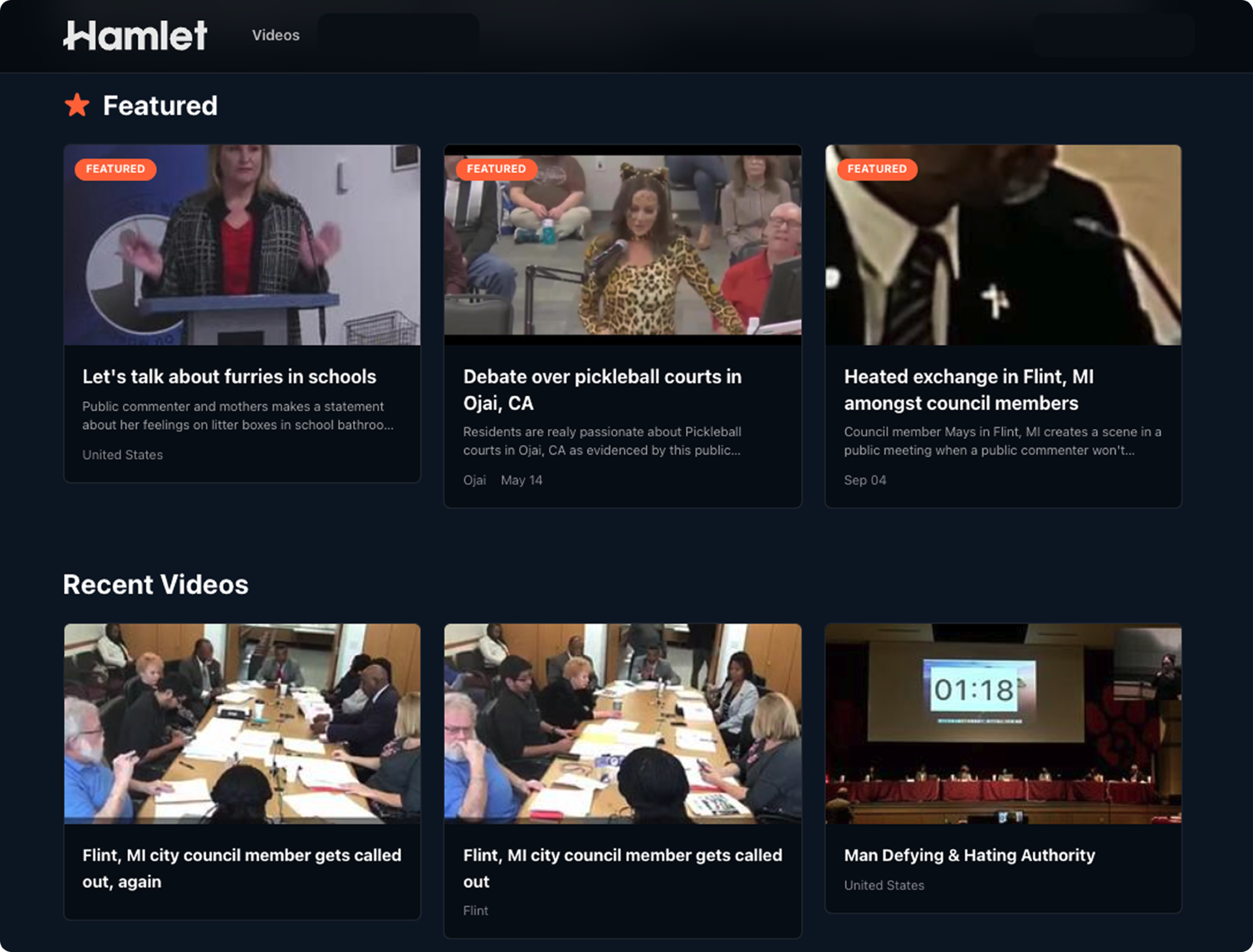
A California-based startup, Subtle Computing, is making significant strides in enhancing human-computer interaction by developing advanced voice isolation models designed to improve how artificial intelligence systems comprehend speech amidst challenging acoustic backdrops. This innovative technology promises to unlock new capabilities for a burgeoning ecosystem of voice-based AI products and services, moving us closer to a future where our devices truly understand us, regardless of ambient distractions.
The Expanding Landscape of Voice AI
The current technological era is witnessing an explosive proliferation of consumer applications leveraging voice AI, transforming how individuals interact with digital platforms and information. From sophisticated AI meeting notetakers like Granola, Fireflies, Fathom, and Read AI, which have garnered substantial user adoption and investor confidence, to embedded voice transcription solutions offered by industry giants such as OpenAI, ClickUp, and Notion, the demand for seamless voice interaction is undeniable. Beyond these software-centric solutions, a wave of app developers, including Wispr Flow and Willow, are pioneering advanced voice dictation capabilities, while hardware innovators like Plaud and Sandbar are introducing specialized devices engineered to capture, transcribe, and derive insights from spoken input. This diverse and rapidly evolving market underscores a collective push towards more intuitive and natural interfaces, with voice emerging as a primary conduit for human-computer dialogue.
The journey of voice recognition technology stretches back decades, with early research efforts dating to the mid-20th century. Initial systems were rudimentary, often limited to recognizing a handful of discrete words spoken by a single user in controlled environments. Significant breakthroughs in the late 20th and early 21st centuries, fueled by advancements in computational power, digital signal processing, and eventually machine learning, paved the way for more robust solutions. The introduction of consumer-facing voice assistants like Apple’s Siri, Amazon’s Alexa, and Google Assistant marked a pivotal moment, shifting voice AI from niche applications to mainstream adoption. These systems, however, often struggle in real-world conditions, revealing a critical gap in their ability to filter out extraneous noise and accurately capture user intent.
The Persistent Challenge of Ambient Noise
Despite the remarkable progress in voice AI, a pervasive and fundamental challenge has remained: accurately capturing and interpreting a user’s voice in environments plagued by background noise. Whether it’s the bustling chatter of a crowded coffee shop, the ambient sounds of a busy office, the cacophony of street traffic, or even the subtle hum of a server room, these acoustic impediments significantly degrade the performance of voice AI systems. Traditional approaches often rely on generic noise reduction algorithms or require sending audio data to cloud-based servers for intensive processing. The former frequently sacrifices voice clarity along with noise, while the latter introduces latency, raises privacy concerns, and demands consistent internet connectivity, making it inefficient for real-time applications and undesirable for sensitive conversations.
The technical complexities involved are considerable. Human speech is a complex waveform, easily masked or distorted by other sounds within the same frequency range. Distinguishing the primary speaker’s voice from a multitude of competing sounds, including other voices, music, machinery, or environmental echoes, requires sophisticated signal processing and pattern recognition. Existing solutions often employ large, general-purpose models trained on vast datasets, but these models may not always generalize effectively to the unique acoustic profiles of different devices or the subtle nuances of individual voices. This limitation has historically hindered the widespread deployment of truly reliable voice interfaces in diverse, dynamic settings.
Subtle Computing’s Differentiated Approach
Subtle Computing has positioned itself at the forefront of addressing this critical problem by developing an innovative, end-to-end voice isolation model. Unlike conventional methods that might apply a one-size-fits-all noise reduction filter, Subtle’s technology is engineered to understand and isolate a speaker’s voice with remarkable precision, even in highly disruptive environments. The core of their strategy lies in training highly specific models tailored to the unique acoustic characteristics of individual devices. This bespoke approach, contrasting with the development of a single model intended to function across a myriad of devices, allows for an unparalleled level of optimization.
A key advantage of this device-specific customization is its ability to preserve the inherent acoustic qualities of the hardware, leading to a significant enhancement in performance. As one of the company’s founders, Tyler Chen, explained, this method yields an "order of magnitude better performance" compared to more generic solutions. Furthermore, this granular approach enables the delivery of personalized solutions, adapting not only to the device’s acoustics but also to the user’s unique vocal patterns and speaking habits. This dual focus on device optimization and user personalization ensures a more accurate and reliable voice capture experience, a crucial differentiator in a competitive market. The models themselves are remarkably efficient, with a voice isolation-only model weighing in at just a few megabytes and boasting a minimal latency of approximately 100 milliseconds, making them suitable for on-device processing and real-time applications. Beyond isolation, Subtle Computing also offers a transcription model that, when coupled with its superior isolation technology, delivers significantly more accurate textual output.
Foundational Roots and Strategic Partnerships
Subtle Computing was co-founded by a quartet of talented individuals who converged at Stanford University: Tyler Chen, David Harrison, and Jackie Yang, all pursuing their PhDs, alongside Savannah Cofer, an MBA candidate. Their collaborative journey began within Steve Blank’s renowned Lean Launchpad course, a crucible for entrepreneurial innovation, where they initially explored alternative interfaces for computing before crystallizing their vision for Subtle Computing. This academic pedigree and entrepreneurial training provided a robust foundation for tackling complex technological challenges with a market-oriented mindset.
The strategic significance of their technology has not gone unnoticed by industry leaders. Qualcomm, a global leader in wireless technology and chip manufacturing, has already selected Subtle Computing as a member of its esteemed voice and music extension program. This partnership is a powerful validation of Subtle’s technological prowess, ensuring that their voice isolation solutions will be compatible with Qualcomm’s widely deployed chips and, by extension, available for integration into devices produced by numerous original equipment manufacturers (OEMs). Such an alliance not only provides a substantial pathway to market but also signals to the broader industry that Subtle Computing’s innovations are robust and ready for widespread adoption. Further underscoring their market traction, the company has also forged partnerships with an undisclosed consumer hardware brand and an automotive brand, indicating the versatility and broad applicability of their technology across diverse sectors.
The Broader Implications for Human-Computer Interaction
The implications of Subtle Computing’s advancements extend far beyond mere convenience; they fundamentally reshape the potential for human-computer interaction. As Chen articulated, the future of computing increasingly involves natural language dialogue with our devices. However, the efficacy of this interaction hinges on the device’s ability to truly understand the user in every conceivable environment. The challenge lies in ensuring privacy during sensitive conversations in shared spaces and maintaining clarity amidst external noise. By solving these core problems, Subtle Computing is paving the way for more seamless, private, and reliable voice experiences.
This technological leap holds significant social and cultural impact. For instance, improved voice AI can enhance accessibility for individuals with various disabilities, offering a more intuitive way to interact with technology. In professional settings, accurate voice capture in noisy environments can boost productivity by enabling reliable dictation and meeting transcription, reducing the cognitive load associated with manual note-taking. In the burgeoning smart home ecosystem, clearer voice commands translate to more responsive and reliable control over connected devices. The automotive sector stands to benefit immensely, where precise voice control of navigation, entertainment, and communication systems can minimize driver distraction and enhance safety. The ability to conduct private conversations with AI in public spaces, without fear of external interference or eavesdropping by other devices, addresses a crucial privacy concern that has limited the widespread adoption of always-on voice assistants.
Investment and Future Trajectories
Subtle Computing’s potential has attracted substantial investor interest, culminating in a successful $6 million seed funding round. The round was spearheaded by Entrada Ventures, with significant participation from Amplify Partners, Abstract Ventures, and a notable roster of angel investors. This list includes prominent figures from the tech industry, such as Biz Stone, co-founder of Twitter; Evan Sharp, co-founder of Pinterest; and Johnny Ho, a founder at Perplexity. The caliber of these investors not only provides crucial capital but also invaluable mentorship and strategic connections.
Karen Roter Davis, Managing Partner at Entrada Ventures and a former director of an early project at X (Alphabet), offered insightful commentary on the investment. She acknowledged the "noisy space" of voice AI, noting that while interactions are increasing, the overall user experience often falls short. Davis lauded Subtle Computing’s distinct focus on voice isolation, recognizing it as a fresh and impactful perspective within the market. She emphasized that while the long-term impact of AI on daily time allocation remains a subject of debate, the confluence of advanced compute power and machine learning presents unprecedented opportunities for breakthroughs in voice interfaces, provided they are executed correctly. Davis concluded that Subtle Computing is delivering a "game changer" by providing reliable, easy, and enjoyable voice experiences that hold up equally well in extreme noise and extreme quiet, truly meeting users where they are.
Looking ahead, Subtle Computing harbors ambitions beyond merely supplying their cutting-edge models to other companies. The startup has signaled its intent to unveil its own consumer product next year, a venture that will encompass both hardware and software elements. While specific details remain under wraps, this strategic move suggests a desire to directly shape the end-user experience and capture a larger share of the value chain. This transition from a B2B model, where they license their technology, to a B2C model, where they develop and market their own branded product, represents a significant evolution for the company. It could allow them to fully integrate their innovations into a cohesive user experience, demonstrating the full power of their voice isolation technology in a tangible consumer offering.
Navigating the Competitive Frontier
The journey for Subtle Computing, while promising, will involve navigating a highly competitive landscape. The voice AI market is populated by both agile startups and well-resourced tech giants, all vying for dominance. However, Subtle’s focused, device-specific, and personalized approach to voice isolation provides a distinct competitive advantage, addressing a fundamental pain point that many larger, more generalized solutions have yet to fully conquer. Their early partnerships with Qualcomm and undisclosed consumer and automotive brands demonstrate a strong market entry strategy and significant validation of their technology’s readiness and efficacy.
The planned consumer product represents a bold step, moving Subtle Computing from an enabler of other technologies to a direct participant in the consumer market. This shift will require not only continued technological excellence but also expertise in product design, manufacturing, marketing, and distribution. If executed successfully, Subtle Computing could carve out a unique niche, establishing itself as a leader in truly robust and reliable voice interfaces, ultimately shaping the next generation of human-computer interaction in an increasingly noisy world.





